Sowing and planting
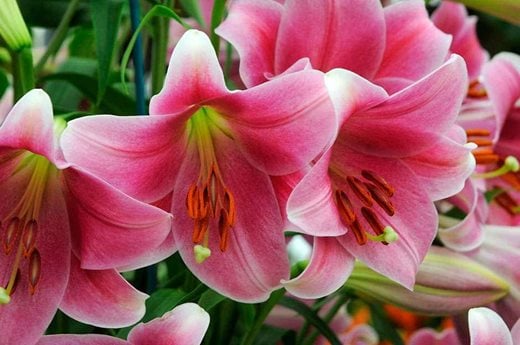 Plant lily bulbs in pots for flowers this summer. Grow them on indoors or in a cool greenhouse, then move them out onto the patio when coming into flower, so that you can enjoy the blooms.
Plant lily bulbs in pots for flowers this summer. Grow them on indoors or in a cool greenhouse, then move them out onto the patio when coming into flower, so that you can enjoy the blooms.
Pot up dahlia tubers stored over winter (or bought this year) to start them into growth. Place pots in a light, warm place to sprout and keep the compost moist.
Hardy annuals can be sown in pots or modules to provide colour.
Sweet peas can be sown in a cold frame or in a cool room in the house. Any sweet peas that were sown in autumn can now be potted on individually.
Summer-flowering Dutch iris bulbs can be forced and used as cut flowers.
Place gladioli corms in seed trays or boxes and place in a light, warm spot around 10ºC (50ºF) to encourage them to sprout before planting. This will ensure an earlier display.
Root cuttings can be taken of Papaver (perennial poppies), Verbascum (mullein), Acanthus (bear’s britches) and Phlox.
Check on tender plants overwintering outdoors to ensure protective coverings are still in place.
Alpine bulbs coming up in rock gardens or containers benefit from overhead protection from the rain and snow. A sheet of glass or re-used Perspex placed on piles of bricks will do the job.
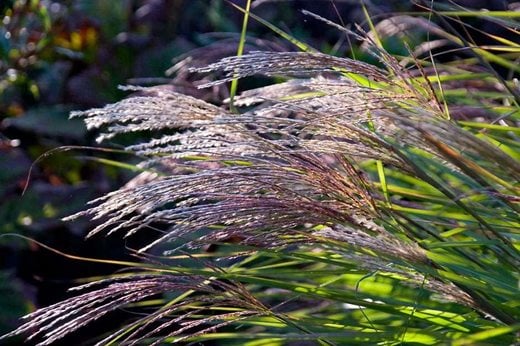 Cutting back, pruning and dividing
Cutting back, pruning and dividing
Cut back deciduous ornamental grasses such as Miscanthus and other perennials left for winter interest.
Continue to deadhead winter pansies and other winter bedding. Pansies will carry on into the spring and even to early summer, if deadheaded frequently.
Cut off old leaves of hellebores that produce flowers from ground level (including Helleborus × hybridus and H. niger) to expose the flowers and remove possible foliar diseases such as hellebore leaf spot.
At the end of the month prune back the stems of pot-grown fuchsias, which are overwintering under cover. Place in a well-lit, warm place to encourage new growth, and keep watered.
Divide and plant bulbs-in-the-green such as snowdrops (Galanthus) and winter aconites (Eranthis hyemalis).
Divide clumps of herbaceous perennials that you want to propagate, those that have become too large for their allotted space, and those that are flowering poorly or have lost their shape.
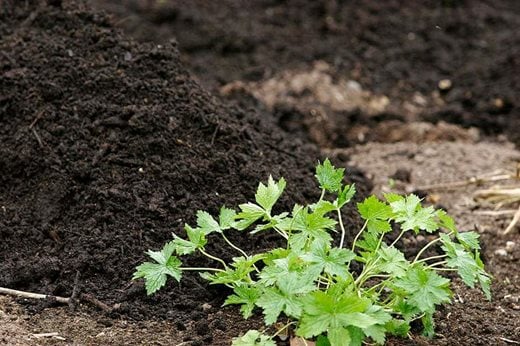 General maintenance - soil
General maintenance - soil
Prepare beds for new roses when conditions allow. Avoid doing this when the soil is wet or frozen.
Test your soil for pH; this can help you choose suitable plants for your garden, and allow you to rectify any nutrient deficiencies with a spring feed. Simple pH tests can be done at home, and the RHS also offers a soil analysis service, which can also measure nutrient levels.
Improve the drainage of heavy soils by working in lots of organic matter.
Clear up weedy beds before mulching.
Mulching with a deep layer of organic matter helps to condition the soil, suppress weed growth, insulate plant roots from temperature fluctuations, and conserve soil moisture during the summer. Lighter soils can be mulched now, but heavier soils are best left until March, when the soil is less saturated for walking on.
Rather than applying a traditional feed, it’s better to mulch the soil with homemade compost. This will provide the nutrients most plants need.
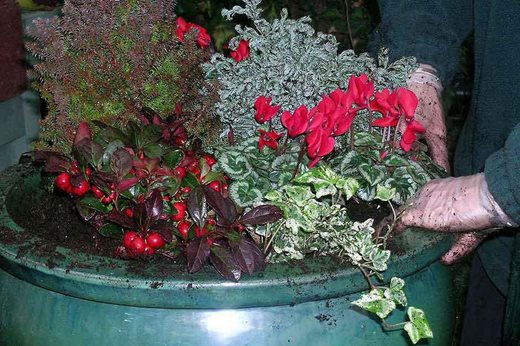 General maintenance - containers
General maintenance - containers
Check whether containers need watering. Pots that are sheltered by eaves or balconies can miss out on any rainfall. Check the compost at a hand’s depth to see if it feels dry. Aim to keep pots moist, not wet.
Long-term pots and containers benefit from topping up with fresh peat-free John Innes compost. Old compost can be removed and replaced if there is not much room.
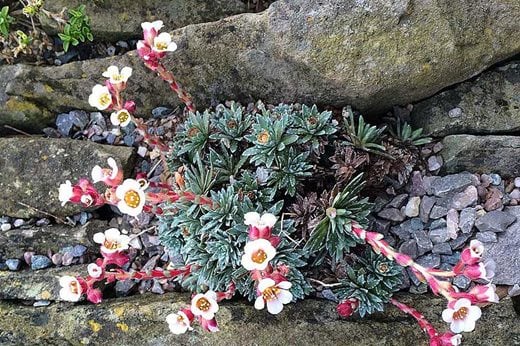 Problems
Problems
Remove dead leaves from around the basal rosettes of alpine plants such as saxifrages to prevent rotting.
Top dress spring-flowering alpines with grit or gravel to show off the plants and to help prevent stem rots.
Snowdrops can be vulnerable to grey mould (Botrytis).
On winter pansies watch out for downy mildew and black leaf spot. Remove any infected leaves, and badly affected plants may need to be removed and added to the green bin. To avoid the build-up of diseases, don’t plant pansies in the same place every year.
Look out for rots (such as crown rot, sclerotinia, delphinium black blotch, Phytophthora root rot and antirrhinum rust) on emerging perennials and shrubs.
Hellebore leaf spot can be a problem on old foliage of hellebores. Cutting back the old leaves should reduce the problem, and allow the flowers and new growth to be better seen.
Protect sweet pea plants from aphids as they can transmit sweet pea viruses; pick off any aphids that you spot. Check autumn-sown sweet peas growing in cold frames, and keep watch for mouse and slug damage.
Protect lily, delphinium and hosta shoots from slugs and snails before they appear with night-time hunts for slugs and snails.
Inspect stored tubers of plants such as dahlia and canna for signs of drying out. Do not let them become bone dry or they will desiccate; but too wet and they may rot.
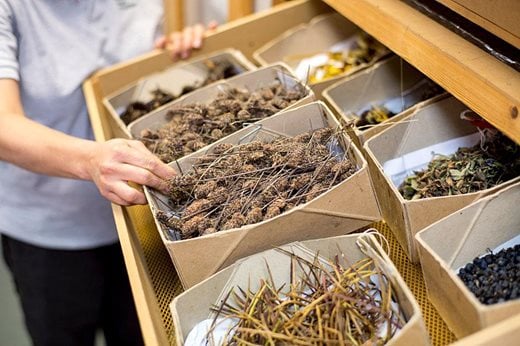 Planning ahead
Planning ahead
Members can order seed from the RHS Seed Scheme between November and the end of March.
Plan your summer bedding and container planting schemes in good time for ordering the necessary bulbs, annuals and seed, and for propagating the relevant material.
Look online for summer-flowering bulbs, summer bedding and herbaceous perennials for spring planting.

